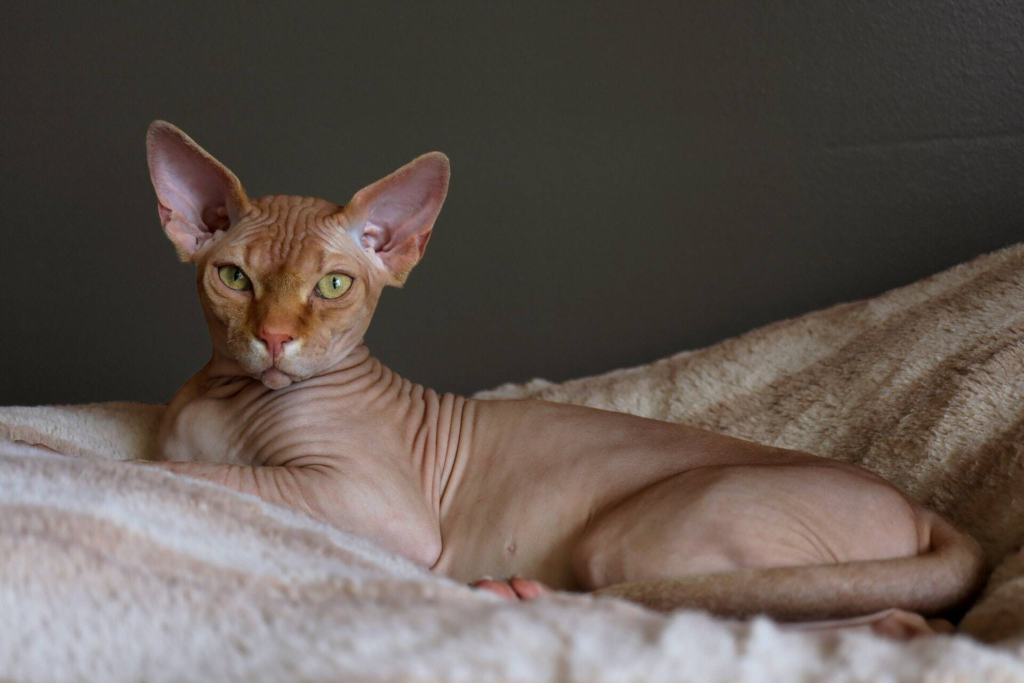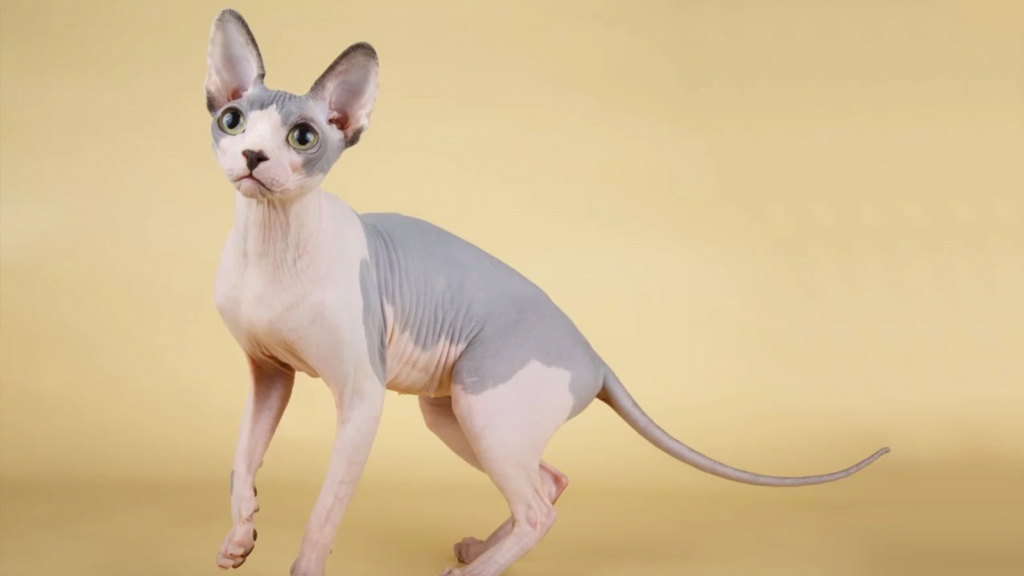In my humble point of view, the cat is one of the most perfect creatures in the animal kingdom. He's the master of subtlety, a quiet, mysterious little guy who always seems to be doing something super important. My curiosity, however, multiplies even more when I think about the Sphynx, the breed of hairless cats with a grumpy face that makes anyone feel like a commoner before a king.
There are those who say that these cats descend from an Egyptian breed that was worshiped as gods, but I'll deny it here: that's an invention from the 1970s. And you? Have you ever heard about the Sphynx cat? Let's learn now!
Hairless kittens?

The history of hairless cats is very old and begins around the 19th century. Like many breeds of dogs and cats, these characteristics were random mutations that were selected by us.
Simply put, it was more or less like this: in different places around the world, here and there some hairless kittens were born because of a recessive gene. Because we found it interesting, we humans started trying to reproduce two kittens with this characteristic, so that it can be passed on to future generations!
After a while, these characteristics become more prominent, defined, until animals that have these characteristics are considered to be a certain breed! The first generations of hairless cats, for example, actually had some hair. But with the selections, the characteristics were reinforced and they began to have less and less hair.
The Sphynx
Although they are known as Egyptian cats, the history of the breed begins in the 1960s, in Toronto, Canada. Initially called “Canadian Hairless,” these cats emerged when a domestic shorthair cat gave birth to a hairless kitten named Prune. Adopted by a loving couple, he teamed up with experienced breeders to develop the Sphynx breed.
For some time now, interest in them has only increased. In 2020, it was voted the 10th most popular breed in the United States, according to the Cat Fanciers Association. Sphynx are the kings of hairless cats, our beloved real-life MewTwo!

The difficulties of raising a Sphynx
As with any breed with special characteristics, Sphynx are more prone to certain health problems. Sphynx cats need regular baths to maintain their skin health. In addition, regular cleaning of the ears is necessary, as the absence of hair does not prevent the accumulation of dirt or wax. The quality of the diet also plays a crucial role in the health of the Sphynx's skin, and a diet with low-processed ingredients is recommended – as it has a tendency to have diarrhea.
Sphynx cats also have a higher average body temperature than other breeds, which is believed to be compensation for their lack of hair. While an average cat's normal temperature ranges between 99.5 and 102.5 degrees Fahrenheit, a Sphynx's average temperature is about 4 degrees higher.
Considerable Investment
If you have loved your Sphynx dearly and are considering having them as a “non-furry” companion, it is important to be aware that this love comes with a price. Unlike some more common breeds that can be found for adoption at shelters, Sphynx are a less common choice and therefore are not usually available for adoption.
Prices to purchase a cat of this unique breed can vary greatly, ranging from around R$1,600 and R$4,000 reais. In other words, a very considerable investment compared to other pets.
Photos of Kittens!
Well, we couldn't end this article any other way, could we? To complete our knowledge session, we'll have some photos and videos of this hairless cutie!







